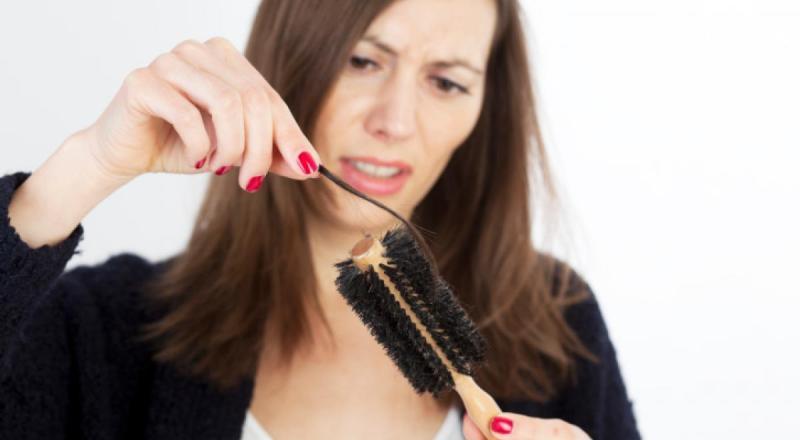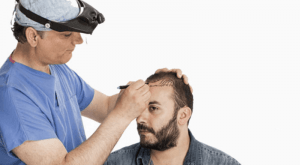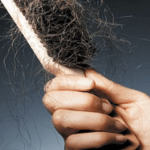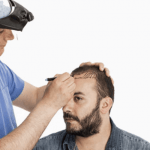Let’s be real – thinning hair isn’t just a men’s issue. Millions of women deal with hair loss too, and it can feel frustrating, confusing, and even a little heartbreaking.
Whether it’s due to aging, hormonal changes, medical conditions, or stress, watching your once-thick locks become noticeably thinner can take a toll on your self-confidence.
But don’t worry – you’re not powerless. There are a variety of effective solutions, both cosmetic and medical, that can help restore volume and bring back your confidence.
Also Read
What Causes Thinning Hair in Women?
Before jumping into solutions, it helps to understand the root cause of the problem. Here are some of the most common reasons women experience thinning hair:
- Hormonal changes (menopause, pregnancy, birth control)
- Thyroid disorders
- Iron deficiency or poor diet
- Aging and genetics (female-pattern baldness)
- Stress or traumatic events
- Medical treatments (e.g., chemotherapy, radiation)
- Scalp conditions like psoriasis or seborrheic dermatitis
- Excessive styling, bleaching, or heat damage
Knowing why your hair is thinning helps you choose the right treatment plan.
Smart Solutions for Thinning Hair in Women
1. Volumizing Hair Products
If you’re dealing with mild thinning, volumizing shampoos, conditioners, and styling mousses can make a huge difference. These products:
- Temporarily plump up hair strands
- Add body and bounce to limp hair
- Help camouflage thin spots without heavy chemicals
Look for sulfate-free formulas with ingredients like biotin, keratin, and panthenol.
2. Hair Extensions for Volume
Hair extensions aren’t just for adding length – they’re great for adding volume too.
- Clip-in or tape-in extensions are gentle and non-damaging
- Choose lightweight styles that won’t pull on your scalp
- Always have them applied by a professional stylist, especially if your hair is fragile
They’re a great short-term fix for events, photos, or everyday glam.
3. Hair Transplant Surgery
For women with genetic hair loss or visible bald spots, hair transplant surgery is a more permanent option.
Here’s how it works:
- Hair follicles are removed from thicker parts of your scalp (like the back)
- They’re implanted in thinning areas, where they’ll continue to grow naturally
- Results are permanent and look completely natural with proper care
It’s an investment, but many women say it’s life-changing.
4. Hair Integration Systems (Mesh or Toppers)
Don’t want surgery? No problem. Hair integration systems – like mesh caps or hair toppers – offer a non-invasive solution.
- Human hair is woven into a fine, breathable mesh attached to your scalp
- Blends with your own hair for a fuller, natural look
- No glue or heat required, so it’s safe for fragile hair
- Custom-colored and styled to match your natural hair
Perfect for everyday wear or special occasions!
5. Treat the Underlying Medical Cause
Sometimes, regrowth is possible when the root issue is resolved. Work with a doctor to:
- Treat thyroid disorders or hormone imbalances
- Check for nutritional deficiencies (iron, vitamin D, zinc)
- Discuss alternatives to medications that cause hair loss
- Rule out autoimmune conditions or scalp infections
Your hair health often mirrors your internal health – get the full picture!
6. Natural Remedies and Lifestyle Tips
While they may not replace medical treatments, these lifestyle tweaks can support hair health:
- Eat a balanced diet rich in protein, omega-3s, iron, and biotin
- Take hair growth supplements (consult your doctor first)
- Use gentle haircare practices – no tight hairstyles, minimal heat
- Reduce stress through yoga, meditation, or therapy
- Switch to a satin pillowcase to minimize breakage
When to See a Specialist
If your hair loss is sudden, severe, or accompanied by other symptoms like weight gain, fatigue, or skin issues, consult a dermatologist or trichologist. Early intervention leads to better outcomes.
Thinning hair can feel like a blow to your self-image, but it doesn’t have to define you. Whether you choose to rock a pixie cut, try hair extensions, or invest in medical treatments, there’s no one-size-fits-all answer. The best solution is the one that fits your lifestyle, needs, and goals.
You deserve to feel confident – with or without a full head of hair. And with the many solutions available today, regaining that confidence is totally possible.














